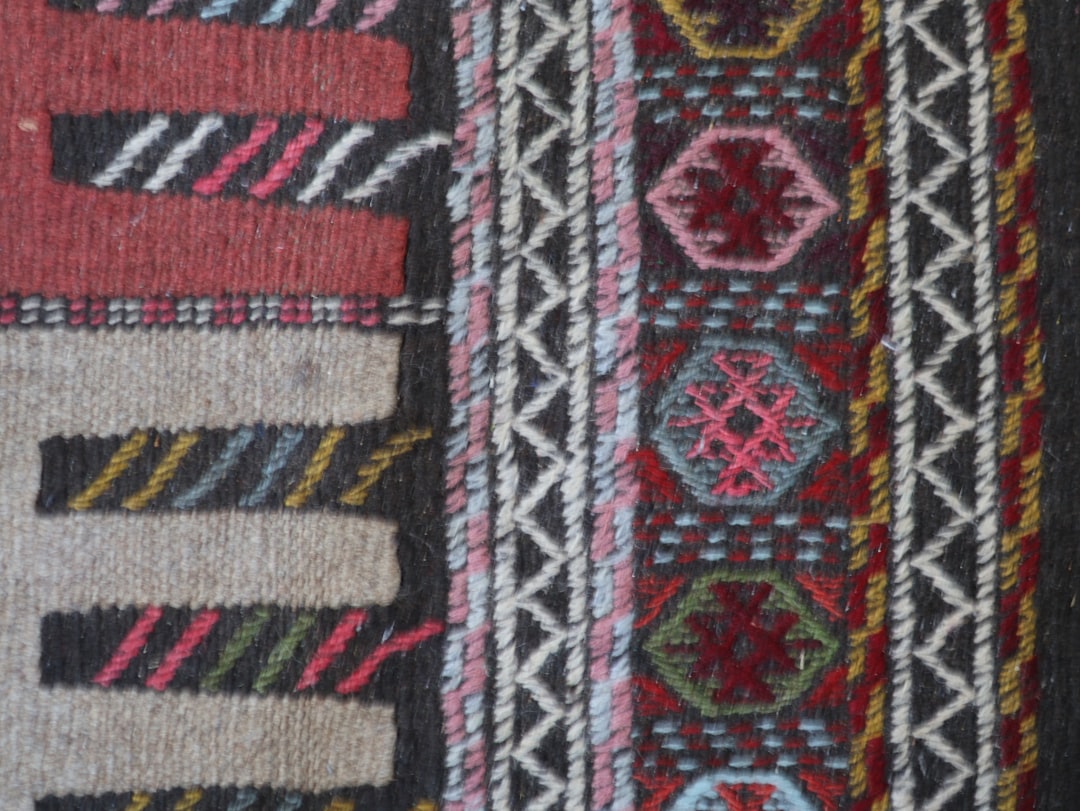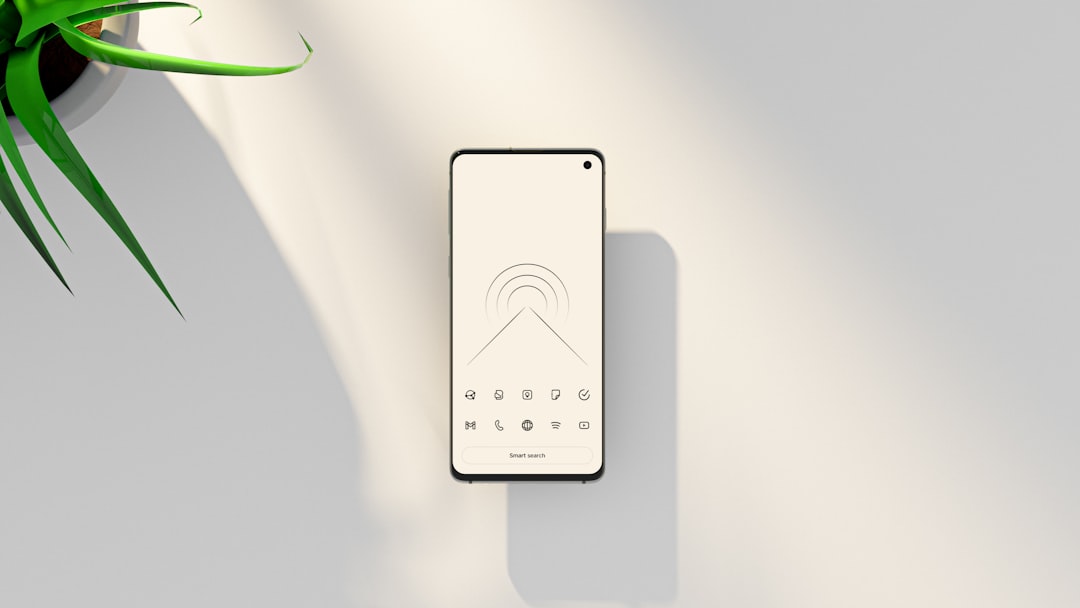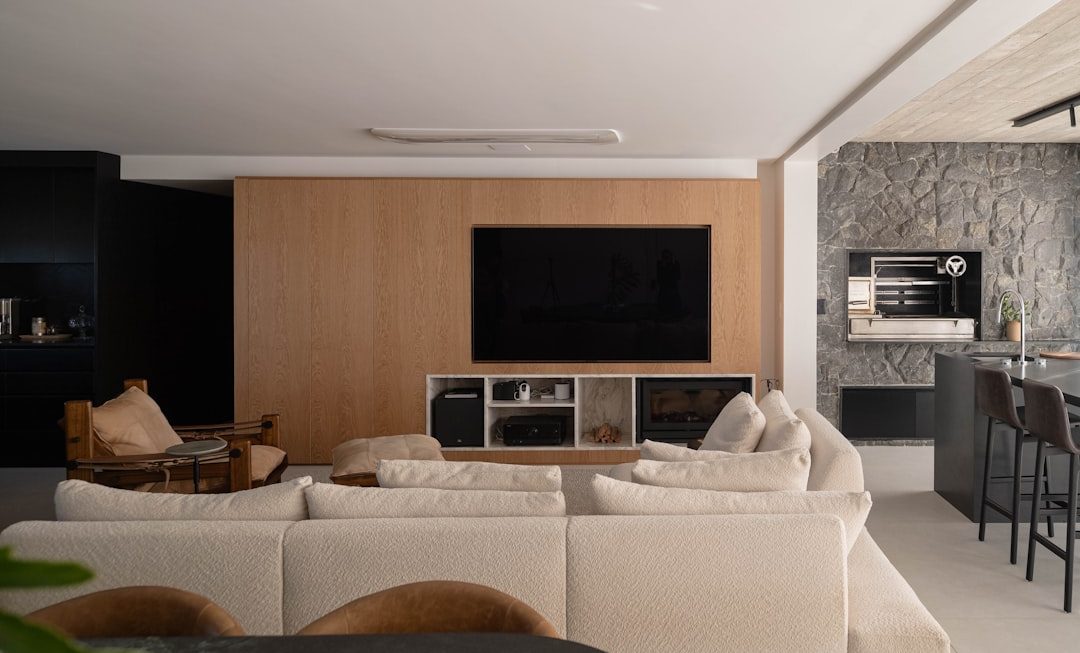Berber rugs, known for their unique textures and earthy tones, have become a coveted element in modern and traditional interior design. Among the various color options, the category known as “Kodiak” browns deserves special attention. Rich and evocative, these shades pay homage to the natural world and the cultural heritage of North African artisans. In this article, we explore the nuances of Kodiak browns, delve into the differences between natural and synthetic dyes, and offer practical care tips to help you preserve the timeless charm of your Berber rug.
What Are “Kodiak” Browns?
The term “Kodiak” in the context of Berber rugs typically refers to a range of brown hues that resemble the deep, complex shades found in bear fur and rugged mountainous landscapes. These colors evoke warmth, subtlety, and a grounding aesthetic that suits a variety of interior spaces.
In Berber weaving, color is not a random choice—it is a cultural expression. The brown tones in these rugs often reflect the hues found in the natural environment of the Atlas Mountains in Morocco, where many tribes source their inspiration.
Common Kodiak Brown Shade Names
- Chestnut Dust – A medium-to-dark brown with a touch of warmth and a matte finish.
- Desert Umber – A sandy, sun-warmed brown reminiscent of North African soil.
- Vintage Sable – A sophisticated deep brown that speaks to age and elegance.
- Earth Bark – A highly textured shade with darker flecks, mimicking tree bark.
- Amber Mocha – A more vibrant brown infused with reddish and golden undertones.
These poetic names not only serve a commercial purpose but also enhance the emotional value of the product. They create a richer story for the buyer and elevate the rug from simple decor to cultural artifact.

Natural vs. Synthetic Dyes: A Critical Comparison
Dyes are central to the appearance and longevity of your Berber rug. Knowing the difference between natural and synthetic dyes is essential when assessing a rug’s quality and sustainability.
Natural Dyes
Traditional Berber weavers have used natural dyes for centuries, drawing color from plants, minerals, and even insects. For Kodiak browns, common dye sources include:
- Walnut Husk: Gives a rich, dark brown with a deep luster.
- Pomegranate Rind: Used in small quantities to warm up browns.
- Henna and Saffron Residues: Sometimes used to add complexity to undertones.
Natural dyes often produce uneven, multi-tonal finishes that enhance the rug’s aesthetic charm. These dyes age gracefully and may change subtly over time, adding to the rug’s character. Natural dyes are also biodegradable and non-toxic, making them safer for households and the environment.
Synthetic Dyes
Synthetic dyes surged in popularity due to their cost efficiency and color stability. They allow for precise color matching and consistency, which is particularly attractive in international markets. While they lack the nuanced appearance of natural dyes, they offer excellent light-fastness and resist fading over time.
However, synthetic dyes can be derived from petroleum-based chemicals and may contain allergens or pollutants. In high-end rug collections, there is a growing emphasis on eco-certification and transparency in dye sourcing.
Which Should You Choose?
The decision between natural and synthetic dyes often comes down to personal values and intended use:
- Choose natural dyes if you value authenticity, sustainability, and a living aesthetic that ages gracefully.
- Opt for synthetic dyes if you need high color accuracy, durability under strong lighting, or a consistent commercial palette.
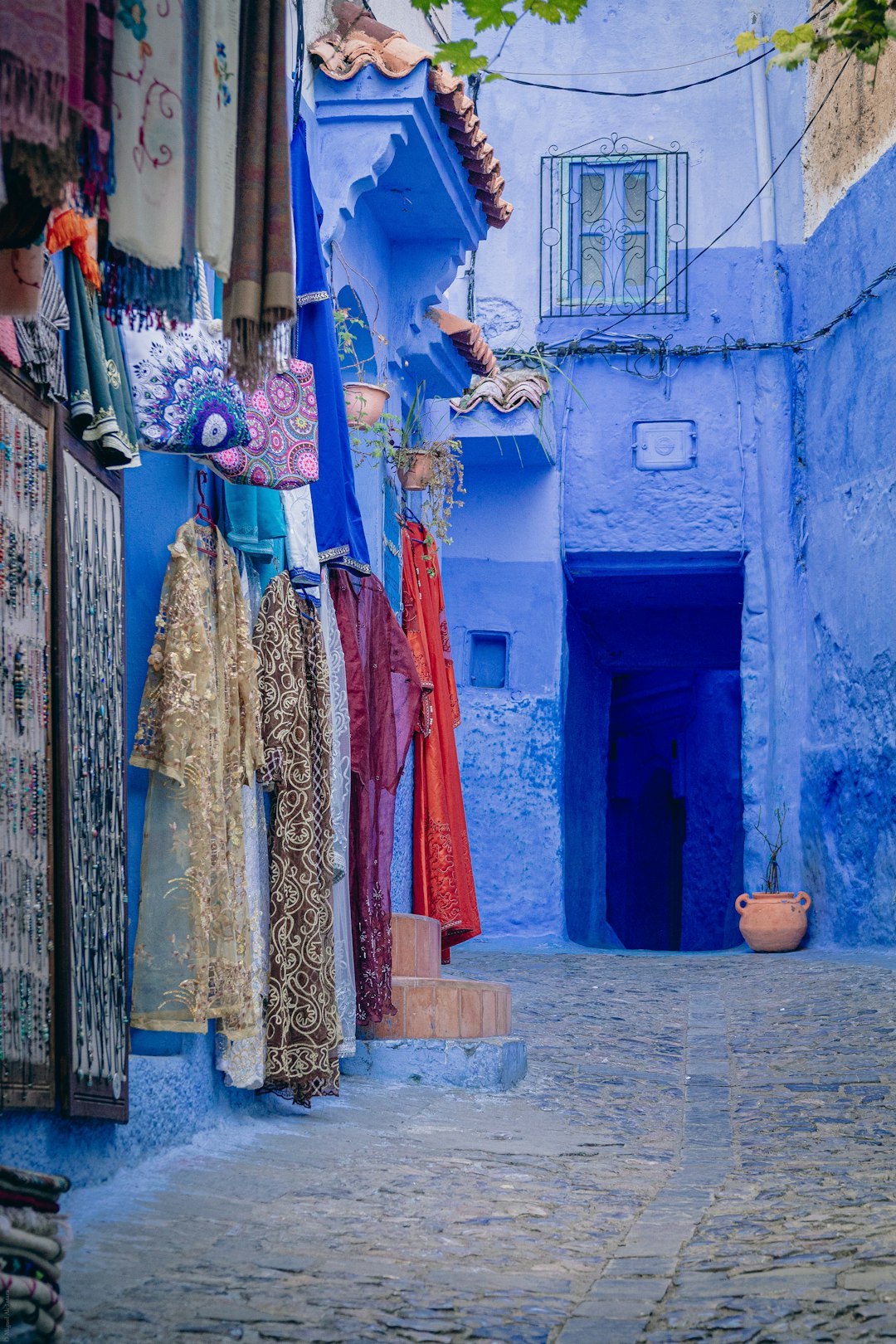
How to Care for Kodiak Brown Berber Rugs
Caring for a Berber rug, especially one dyed in deep Kodiak brown, involves regular maintenance and special attention to avoid discoloration and fiber damage. Below are essential tips to maintain the beauty and longevity of your rug.
1. Vacuuming
Use a vacuum cleaner without a beater bar to avoid pulling the fibers. Gently vacuum in the direction of the pile to remove dust and particles. For high-traffic areas, weekly vacuuming is advisable. Avoid over-vacuuming the same spot, especially in loop-pile Berber rugs, which can fray more easily.
2. Spot Cleaning
Immediately blot spills with a clean, dry cloth. Avoid rubbing, as this can force the stain further into the fibers. Use a mild, pH-neutral detergent diluted in water. Always test the solution on a hidden area first to ensure it doesn’t affect the dye. Use only cold water for brown-dyed rugs, as warm water may change the tone or cause bleeding.
3. Sunlight Exposure
Extended exposure to direct sunlight can fade even the most colorfast dyes. Place the rug in a shaded area or use UV-filtering window treatments. If possible, rotate the rug every six months to ensure even exposure to light and wear.
4. Professional Cleaning
Once every 18 to 24 months, your Kodiak brown Berber rug should be professionally cleaned. Ensure the service provider specializes in handwoven or Berber-style rugs, as machine techniques may be too abrasive. Inquire whether the cleaning solution is compatible with brown pigments, particularly if the rug uses natural dyes.
5. Storage Recommendations
If storing the rug for an extended period, roll it (never fold) and wrap it in a breathable cotton sheet. Avoid plastic covers, which can trap moisture and lead to mildew. Place the rug in a cool, dry location away from direct sunlight and pests.
The Ethical Dimensions
Modern consumers are increasingly interested in the ethical footprint of their purchases. Traditional Berber rugs, especially those using natural dyes, are often produced by women’s cooperatives in Morocco. Purchasing such rugs supports local economies and preserves centuries-old techniques.
However, mass-produced versions may replicate the look without the provenance. Be cautious of bargain-priced “Berber-style” rugs that lack detail about materials and origins. Look for authenticity certificates and fair-trade labels to ensure you’re making an informed purchase.
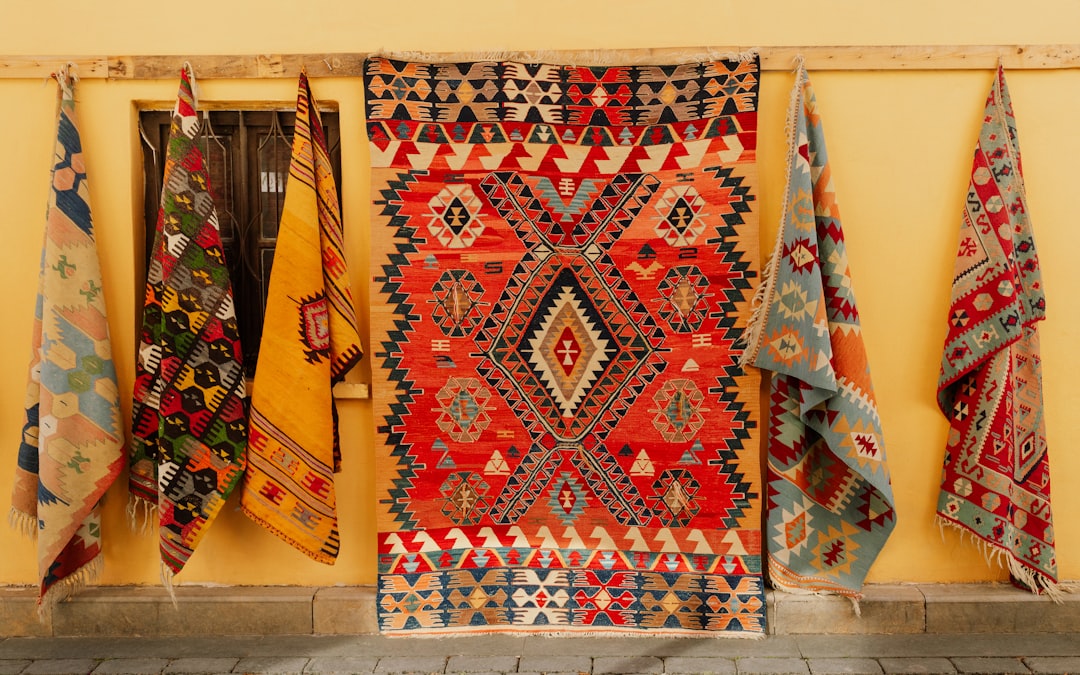
Final Thoughts
Berber rugs in Kodiak browns are more than decorative objects—they are tactile narratives of place, tradition, and artistry. Whether you’re drawn to the emotive shade names or the subtle allure of natural dyes, an investment in such a piece brings not only warmth but also cultural resonance to your home. Proper care and ethical sourcing are essential steps toward honoring the richness these rugs offer.
If thoughtfully maintained, your Kodiak brown Berber rug will serve as both a design centerpiece and a cherished heirloom for generations to come.

